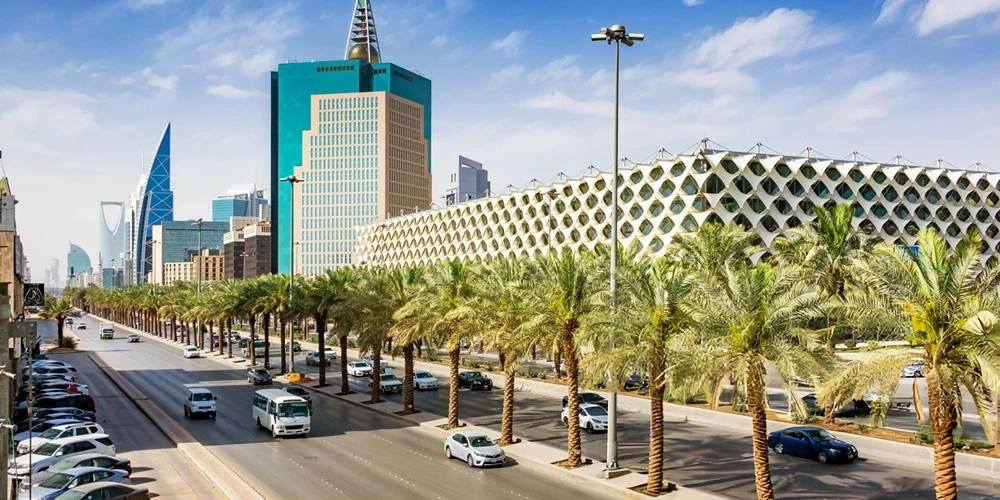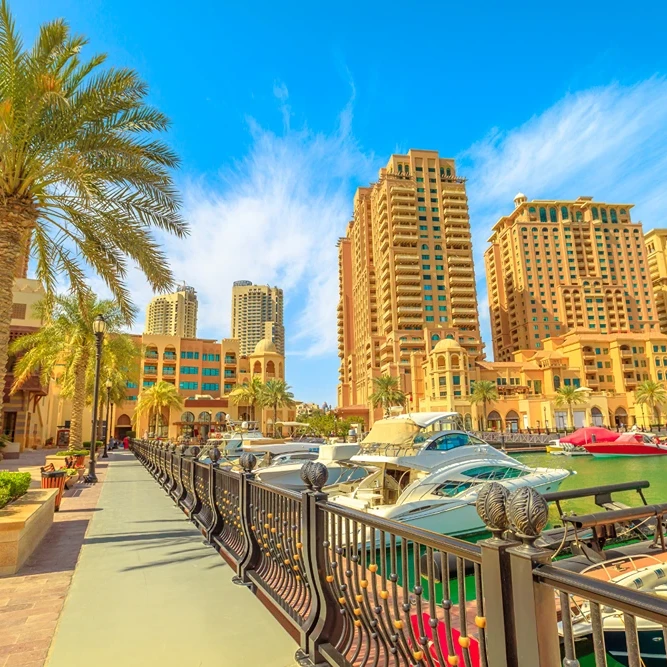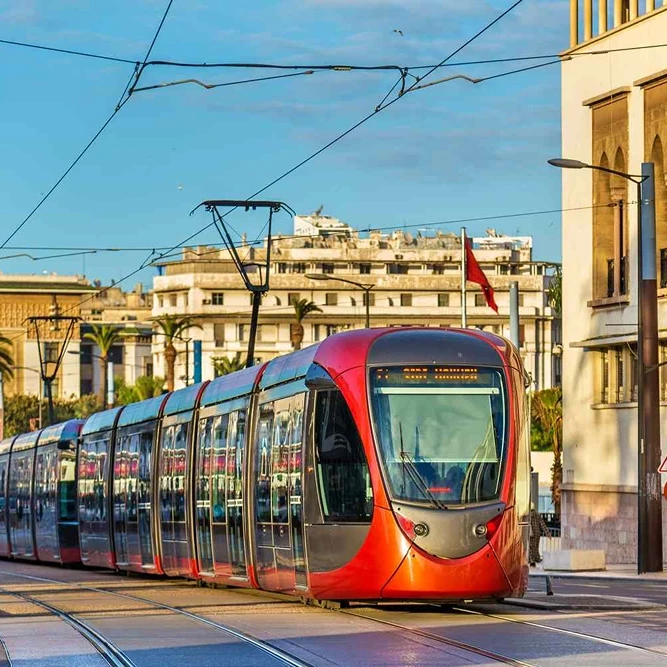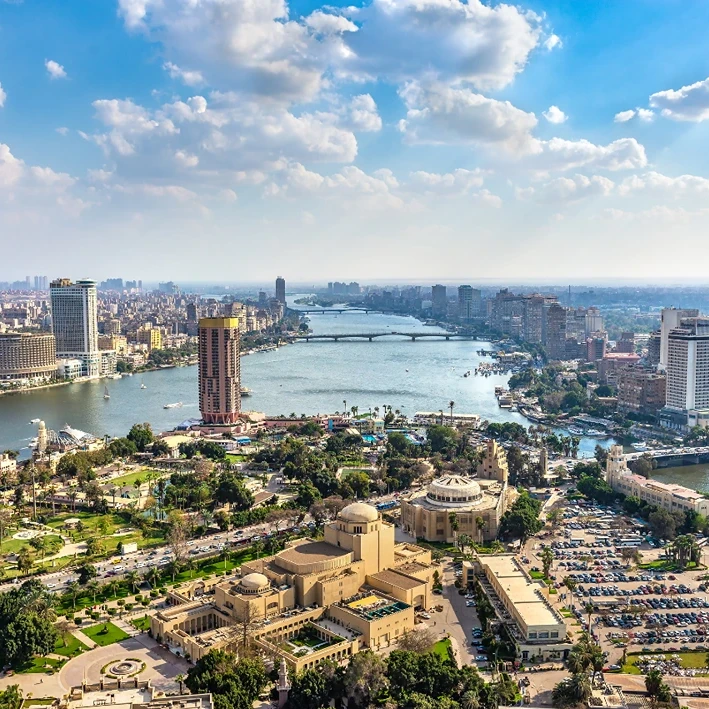Think navigating Saudi Arabia sounds overwhelming? Think again. From buses to metro lines and ride-hailing apps, getting around can be simpler than you might expect. Whether you’re commuting through bustling Riyadh or exploring the streets of Jeddah, understanding the public transportation options can save you time and hassle. This guide focuses on practical tips and essential information to make your journey through Saudi Arabia smooth and stress-free. Buckle up and learn the ins and outs of getting around in this fascinating country.
Table of Contents
Public Transportation in Saudi Arabia
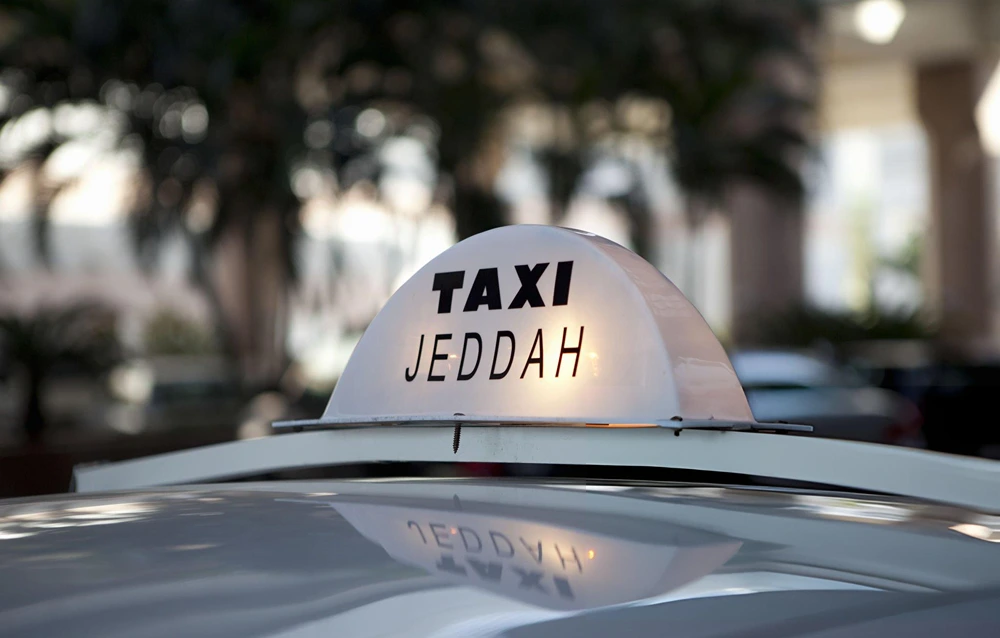
Public transportation in Saudi Arabia is still developing, with limited options in many cities. The most common modes include buses and trains, managed by the Saudi Railway Organization. Bus services are affordable, with fares typically ranging from SAR 2 to SAR 5, but routes can be sparse and infrequent. Due to these limitations, many residents and visitors prefer using rental cars or taxis for more reliable and flexible transportation.
- Buses: Widely used in urban areas, bus services are budget-friendly but may not cover all neighborhoods.
- Taxis: Readily available in major cities, offering a convenient but more expensive option for getting around.
- Ride-Hailing Services: Popular apps like Uber and Careem provide a modern alternative to traditional taxis.
- Trains: Operated by the Saudi Railway Organization, trains connect major cities such as Riyadh, Dammam, and Jeddah.
- Metro Systems: Currently, only Riyadh and Mecca have metro networks, with ongoing expansion plans.
Metro networks in Riyadh and Mecca are under development, expected to significantly improve public transportation. These projects aim to offer residents and visitors a more efficient and comprehensive transit system, reducing the reliance on personal vehicles and taxis.
Car Rentals and Driving in Saudi Arabia
Car rentals are widely available across Saudi Arabia, making it a convenient option for both residents and tourists. Average rental prices range from SAR 100 to SAR 300 per day, depending on the car model and rental duration. Major international and local car rental companies have offices at airports and in city centers, providing a variety of vehicles to suit different needs. It’s advisable to book in advance, especially during peak travel seasons, to secure better rates and availability.
Driving in Saudi Arabia requires either an international driving permit or a Saudi driving license. The road conditions are generally good, with well-maintained highways connecting major cities and towns. However, traffic can be heavy, particularly in urban areas like Riyadh and Jeddah, so it’s essential to stay vigilant and adhere to local driving laws. Road signs are usually in both Arabic and English, which helps international drivers navigate more easily.
| Aspect | Details |
|---|---|
| Car Rental Costs | SAR 100 to SAR 300 per day |
| Driving Permit | International driving permit or Saudi driving license |
| Road Conditions | Generally good, well-maintained highways |
| Traffic | Heavy in urban areas, lighter in rural areas |
| Road Signs | Bilingual (Arabic and English) |
Fuel prices in Saudi Arabia are relatively low, making driving an economical choice. As of recent data, the cost of gasoline is around SAR 2 per liter. Car insurance is mandatory for all drivers, with various packages available to cover different levels of liability and damage. It’s crucial to ensure that your rental car includes insurance coverage, or to arrange additional coverage if necessary.
Ride-Hailing and Taxi Services in Saudi Arabia
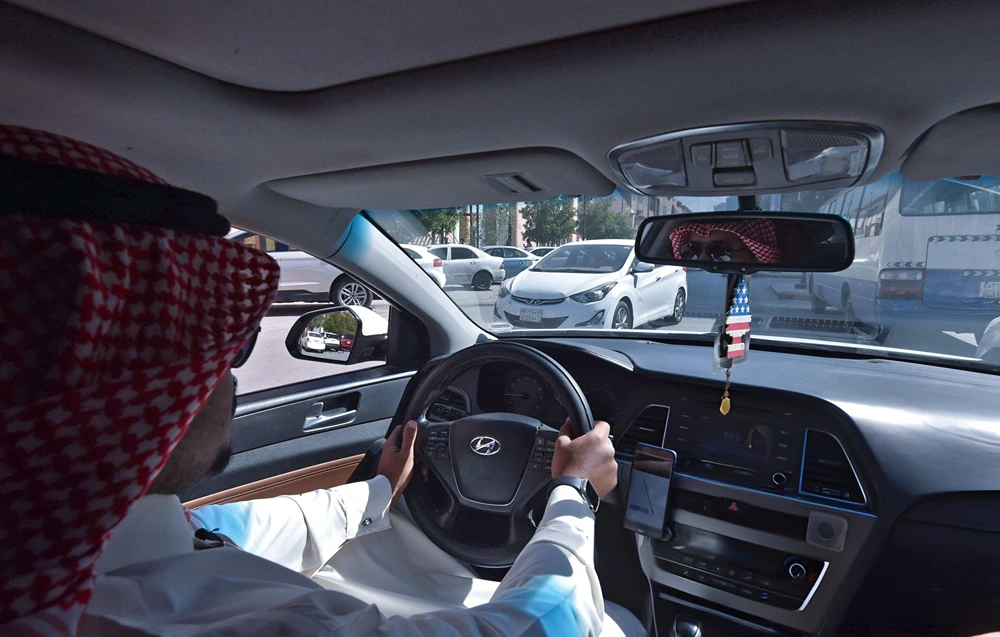
Ride-hailing services are increasingly popular in Saudi Arabia, especially in major cities like Riyadh and Jeddah. Uber and Careem are the leading providers, offering a convenient and cost-effective alternative to traditional taxis. These apps allow users to book rides quickly, track their journey in real-time, and pay electronically, making transactions seamless and reducing the need for cash. Ride-sharing services are particularly advantageous for tourists and expatriates who may not be familiar with local routes or language, providing a reliable means of transportation.
- Uber: Widely used and offers various ride options, including UberX, UberXL, and UberSelect.
- Careem: A local favorite, offering similar services to Uber and additional options like Careem Kids for family travel.
- Bolt: Another ride-hailing app available in some cities, known for competitive pricing.
- Jeeny: Offers ride-hailing services with frequent promotions and discounts for users.
Taxis remain readily available throughout Saudi Arabia but are generally more expensive than ride-hailing options. Fares typically start at SAR 10 and increase based on the distance traveled. While taxis can be hailed on the street, it’s often more reliable to book through a hotel or a dedicated taxi service to ensure safety and availability.
Train Services and Domestic Flights in Saudi Arabia
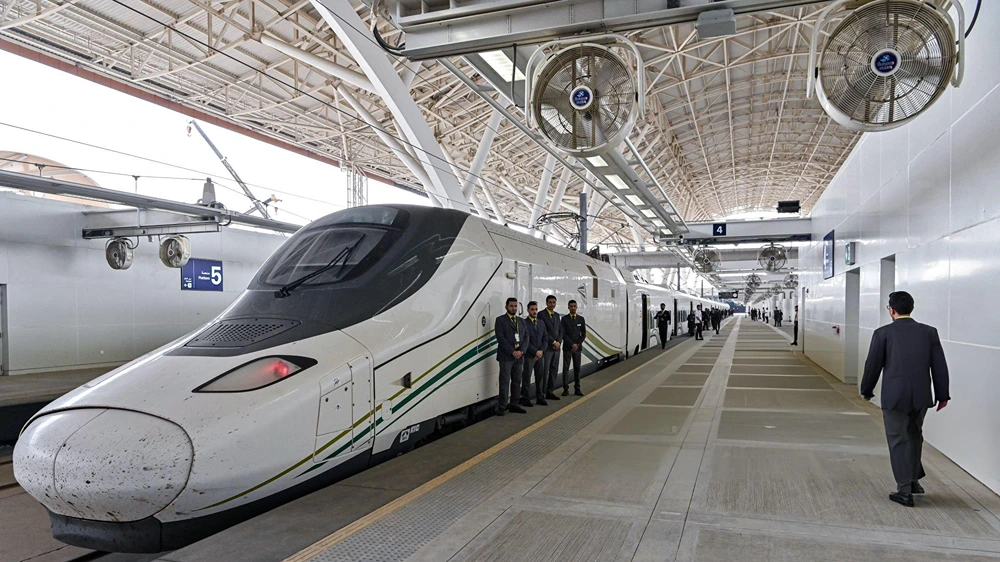
The Saudi Railway Organization operates an extensive network of train services connecting major cities such as Riyadh, Dammam, and Jeddah. Ticket prices for these routes vary depending on the class of service and distance traveled, generally ranging from SAR 40 to SAR 150. Trains are a reliable option for intercity travel, offering comfortable seating and amenities such as Wi-Fi and food services. Key routes include the Riyadh-Dammam line and the Haramain high-speed rail connecting Mecca and Medina, which has significantly reduced travel times between these important cities.
Domestic flights are another viable option for long-distance travel within Saudi Arabia. Saudi Arabian Airlines and Flynas are the primary carriers, providing numerous daily flights between major cities such as Riyadh, Jeddah, and Dammam. Flight prices can vary widely based on the time of booking, demand, and class of service, but budget carriers like Flynas often offer competitive rates. Domestic flights are particularly advantageous for covering large distances quickly, making them an excellent choice for travelers with tight schedules.
| Mode of Transport | Routes | Average Cost |
|---|---|---|
| Train | Riyadh-Dammam, Mecca-Medina | SAR 40 – SAR 150 |
| Flight | Riyadh-Jeddah, Jeddah-Dammam | Variable, budget options available |
| Train | Haramain high-speed rail | SAR 40 – SAR 150 |
| Flight | Riyadh-Dammam, Riyadh-Medina | Variable, budget options available |
Using trains and flights for long-distance travel in Saudi Arabia offers several advantages. Trains provide a scenic and comfortable journey, ideal for those who prefer to avoid the hassle of airport security and boarding. Flights, on the other hand, are perfect for rapid transit across the country, helping to maximize time spent at your destination. Both options are reliable and cater to different travel needs, ensuring that you can find a suitable mode of transport for your journey.
Navigating Major Cities: Riyadh and Jeddah
Public transportation in Riyadh is still evolving, with limited options currently available. Buses are the most common form of public transport, with fares ranging from SAR 2 to SAR 5. Despite being affordable, bus routes are often sparse and infrequent, requiring residents and visitors to rely on alternative modes of transport. Taxis are readily available and offer a convenient way to get around the city, although they are more expensive. Ride-hailing services like Uber and Careem are also popular, providing a modern and efficient alternative to traditional taxis. Car rentals are another viable option, especially for those looking to explore the city more freely.
- Use ride-hailing apps: Uber and Careem are reliable and widely used.
- Plan your trips: Traffic can be heavy; schedule your outings to avoid rush hours.
- Know your routes: Familiarize yourself with main roads and landmarks to navigate more easily.
- Leverage hotel services: Many hotels offer shuttle services to key destinations.
- Stay hydrated: The climate can be harsh; always carry water when traveling.
Metro networks in Riyadh and Mecca are under development, which will significantly enhance public transportation once completed. These projects aim to cover a broader area and provide a more efficient transit system, reducing the reliance on personal vehicles and taxis. The expansion of metro networks is expected to make navigating these cities much more convenient in the near future.
Safety Tips and Cultural Norms for Travelers
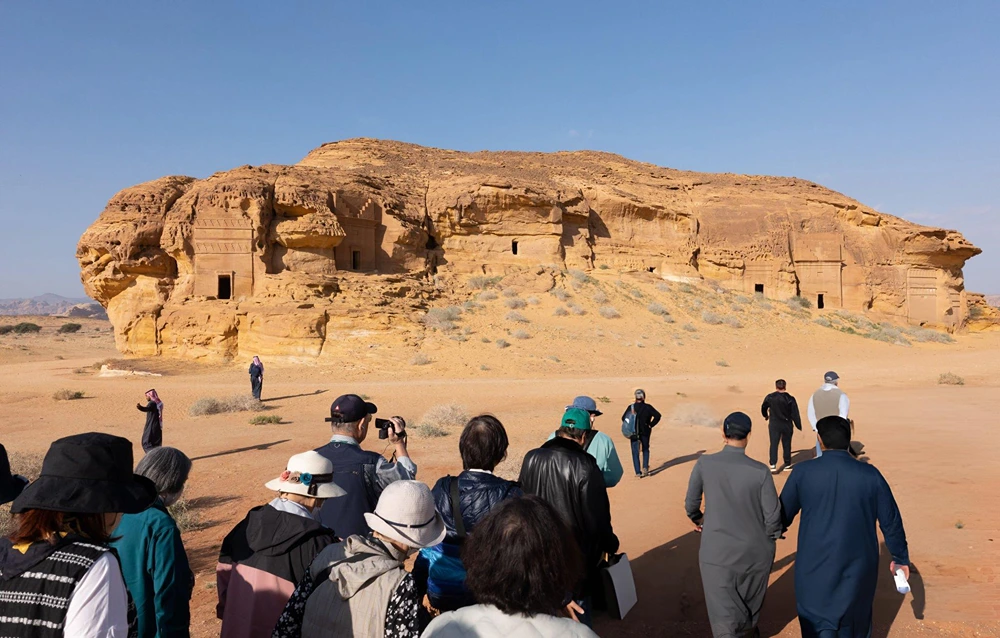
When traveling in Saudi Arabia, safety should be a top priority. Is Saudi Arabia safe for travelers? Yes, Saudi Arabia is generally safe from a crime perspective, with low rates of pickpocketing or robbery. However, it’s crucial to avoid traveling during extreme heat, especially in the summer months when temperatures can soar above 110°F (43°C). Be cautious of local driving habits, which can be aggressive. Always stay alert and follow local traffic rules to ensure your safety on the roads.
- Dress conservatively: Both men and women should wear modest clothing. Women are required to cover their shoulders and knees and may need to wear an abaya, which is a loose-fitting black cloak.
- Gender-segregated areas: Public transport and some public spaces have designated areas for men and women. Respect these boundaries.
- Prayer times: Be mindful of the five daily prayer times, as many businesses close during these periods.
- Public displays of affection: Avoid public displays of affection as they are considered inappropriate and can attract unwanted attention.
- Photography: Taking photos of government buildings, military installations, and locals without permission is prohibited.
- Alcohol and drugs: The consumption of alcohol and use of drugs are strictly forbidden and can lead to severe penalties.
Respecting local customs and traditions is essential for a harmonious stay in Saudi Arabia. Understanding the cultural norms not only ensures your safety but also helps you engage more positively with the local community. Always be courteous and mindful of the cultural and legal expectations in the country.
Final Words
Traveling within Saudi Arabia offers a unique mix of modern and traditional experiences.
Understanding the available public transportation, car rentals, ride-hailing, train services, and navigating major cities like Riyadh and Jeddah ensures a smoother journey.
Adapt to local customs and norms for a respectful and enjoyable stay.
By equipping yourself with practical information, travelers can make the most of getting around in Saudi Arabia, enjoying both convenience and cultural richness.
Embrace the journey with confidence and explore all that Saudi Arabia has to offer.
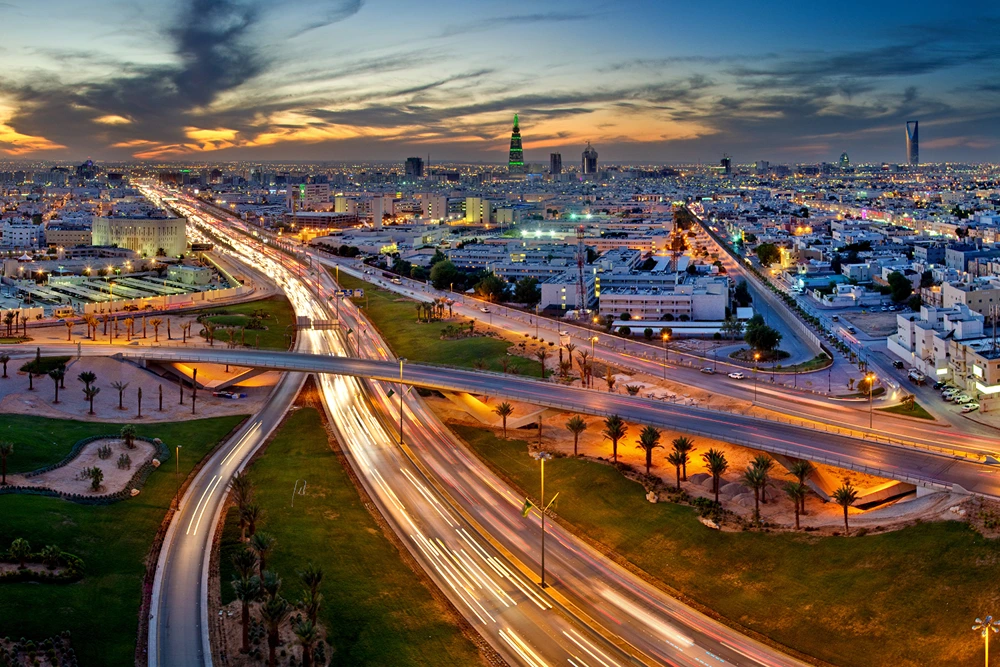
FAQ
What is the cheapest way to get around Saudi Arabia?
The cheapest way to get around Saudi Arabia is by using public buses. Fares typically range from SAR 2 to SAR 5. Metro networks are also expanding in major cities like Riyadh, providing affordable options.
Is it safe to travel around Saudi Arabia?
It is generally safe to travel around Saudi Arabia. The country has low crime rates, especially concerning pickpocketing and robbery. However, exercise caution due to aggressive driving habits and extreme heat conditions.
Is it safe for US citizens to travel to Saudi Arabia?
Yes, it is safe for US citizens to travel to Saudi Arabia. Adherence to local customs and traditions, such as conservative dress codes and gender-segregated seating, enhances safety and ensures respectful interactions.
What is the main transportation in Saudi Arabia?
The main transportation in Saudi Arabia consists of buses, taxis, and increasingly, metro systems in major cities like Riyadh and Jeddah. Car rentals are common for those preferring more flexibility.
How do I rent a car in Saudi Arabia?
Car rentals are widely available, with daily rates ranging from SAR 100 to SAR 300. An international driving permit or a Saudi driving license is required. Fuel prices are relatively low, and car insurance is mandatory.
Hazel Wall is a passionate traveler, writer, and explorer dedicated to sharing her experiences and insights with fellow adventurers. With a background in journalism and a deep love for discovering new cultures, Hazel has journeyed across continents, immersing herself in diverse landscapes and traditions.


